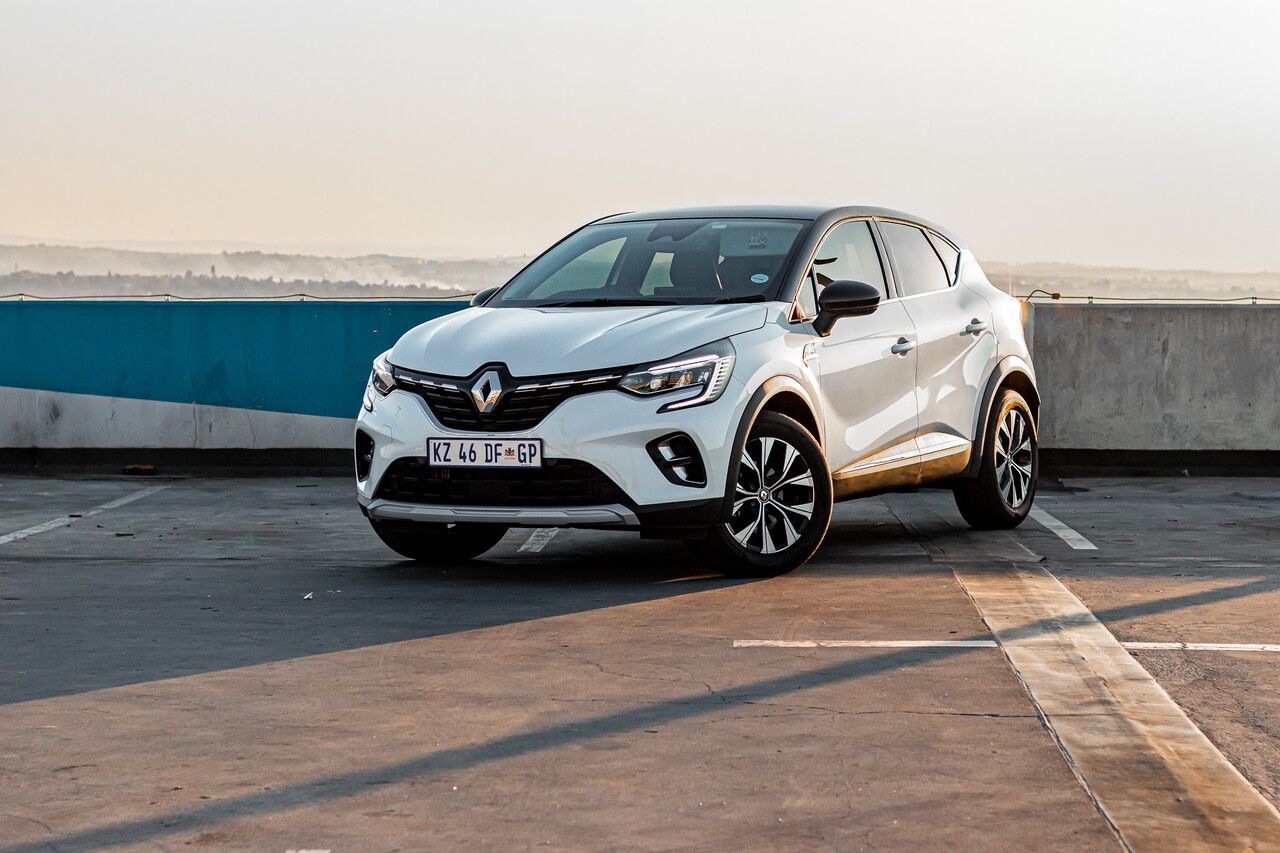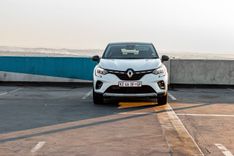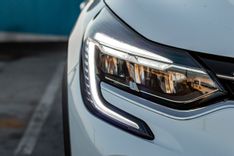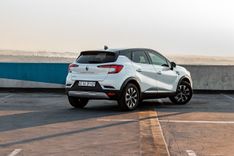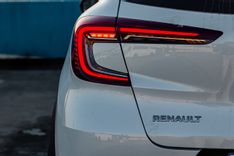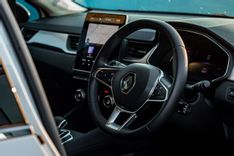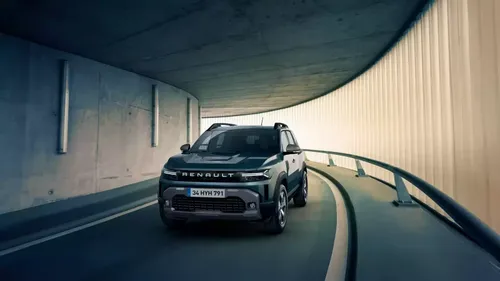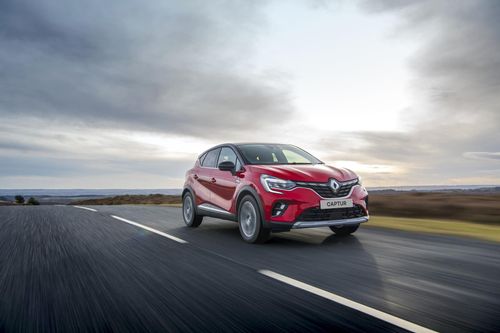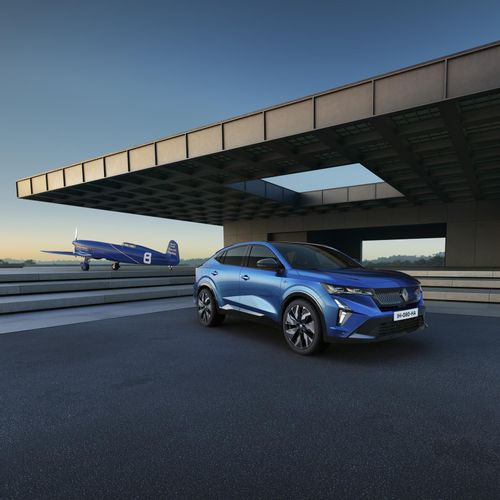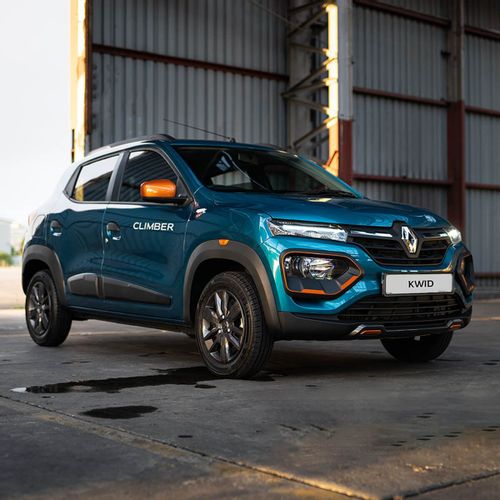Is the new 2023 Renault Captur a hit or a miss?
Prashirwin Naidu
We're now in an era where it's evident that cars are no longer what they used to be in terms of price and value proposition. The new Renault Captur is one to question.
There are two model variants: the Zen and the top-spec Intens; both harbour a spritely 1.3l turbo-petrol four-cylinder engine.
Our Intens unit is priced at the half-a-million rand mark. It's pretty unbelievable and jarring, as we all know that most Renaults depreciate heavily, and they do not retain their worth all that well.
However, one must be fair in evaluating and deciphering what makes this revised Captur a hit or a potential catastrophic miss.
With a myriad of 12 colour pallets to choose from, ours came coated in ivory White, which still added to the bland factor; apart from the colour, the front fascia was quite a looker, having the elements of a wider grille, looking expressive, along with chrome inserts and a protective skid plate too.
Since ours was the fully loaded Captur, we had the Renault Easy Drive package, which offers C-shaped Pure Vision Performance LED headlights with high beam assist, which aids and helps in night-time driving situations along with Blind Spot detection and Lane departure warning, which is very handy.
The side profiling embodies a sleeker and more muscular aesthetic. I like the Coupé Crossover design; however, it affects the occupant's rear headroom as I battled with my head, and hitting the side pillar in the rear was not a comfortable experience per se. Still, it's a qualm that can be overlooked well: don't be an adult, rather be a child.
The Captur Intens runs on 17-inch Bahamas Black diamond-cut alloy wheels slotted between wheel arches in black cladding and mudflaps thrown into the fray, followed by an aerial shark on the two-tone black-coloured roof.
Sporting some niceties toward the rear were LED rear lights with a raised LED brake light; it does have more chrome elements and also has a protective skid plate towards the bottom.
One thing that stood out for me was the ample boot space, which was quite generous, giving you a capacity of 404litres with all rear benches back as you can operate the rear seating positions via a lever to quickly push and pull them forward for extra space and with them forward, you have 536 litres and with all the seats folded down one has 1,275 litres.
The interior was minimalistic, not flashy, straight to the point, and felt very basic. The seats were wrapped in cloth upholstery with subtle leatherette accents; they felt cushiony and comfortable. As far as chairs go, they can be operated via a manually adjustable lever.
The steering wheel felt smooth and was made of synthetic leather, adding paddle shifters and a heated steering function, which is nifty for those brisk and cold winter months.
The 7-inch digital instrumentation is less immersive than expected; it's essential and gets the job done by controlling it through the steering icons. On the left side, there's a 9.3-inch multimedia touchscreen (has navigation, Apple Carplay, and Android Auto Compatible); I found it to be quite user-friendly and very crisp in its colours.
Just below is a floating centre console where the futuristic E-Shifter resides. It also has Wireless charging, climate control with digital icons and an Auxiliary connector with two USB ports.
The ambient lighting with eight different colour choices and the driving modes one can select via the Infotainment screen stood out. They were Eco, Sport and Smart. The Smart pays attention to your driving style and tracks the patterns you like when commuting daily to work and back; it will adapt to your own driving style.
The rear occupants have two USB-type C ports, air conditioning and Isofix mounting points, and headspace is limited to reiterate if you're a taller chap.
Regarding safety and technology features, you have a reverse parking camera, Speed warning with traffic recognition, Cruise control, Electronic Stability Control (ESC) and Anti-slip regulation (ASR) with active traction control- ensuring the vehicle is stable in challenging road conditions. Followed by an Anti-lock Braking System (ABS) with electronic distribution (EBD) combined with emergency brake assist (EBA), which helps maintain trajectory in the event of hard braking. One also has Hill Start assist.
A noteworthy mention is that safety is on par with the Captur. Having an NCAP safety rating of 5 out of 5 and coming with six airbags makes it a safe and secure cocoon to be in.
Regarding features and interior equipment, the new Renault Captur is fully equipped with a few bells and whistles to keep one enchanted. But the drive is the most crucial aspect in my books.
The engine is powered by a peppy 1.3-litre turbo four-cylinder petrol engine pushing out 113kw and 270 Nm, and it is paired with a 7-speed automatic dual-clutch transmission.
It's a smooth motor that delivers power quickly and efficiently. I felt engaged. The punchiness was delightful. However, the turbo lag took a few seconds to kick in at intersections.
The claimed consumption is 6.6l/100km, and I achieved 7.1l/100km on simple city cruising and driving on the freeway; it's not as bad as I expected it to be higher due to the turbo, as vehicles equipped with the turbo, tend to get thirsty. I suspect one can achieve an even lower figure. The fuel tank does boast a 48-litre tank capacity.
So, the competition for this B-segment category is the Opel Mokka, Honda HR-V, Peugeot 2008, Haval Jolion and Volkswagen Taigo.
My take on the Renault Captur is that it holds its weight well. However, considering the hefty price tag, the depreciation aspect needs to sit better with me. I have said they don't hold their value well, which will deter consumers. The Captur has hit written over it, but I should give this one a miss unless you don't mind having an asset losing value in your garage.
The Renault Captur comes with a 5-year/150 000km mechanical warranty, a 6-year anti-corrosion warranty and a 3-year/ 45 000km service plan.
